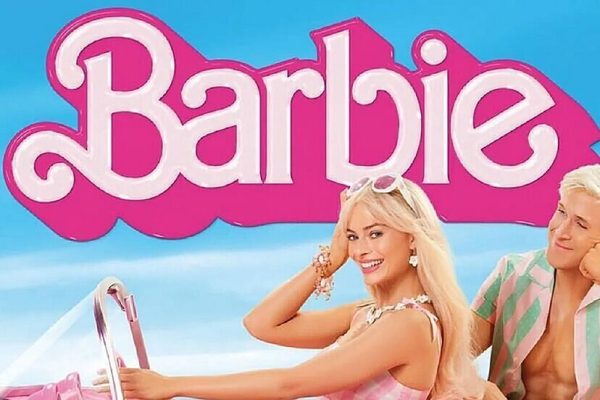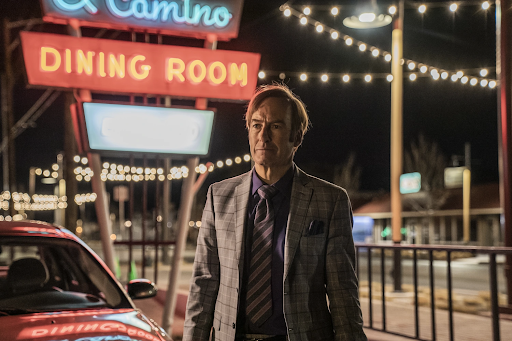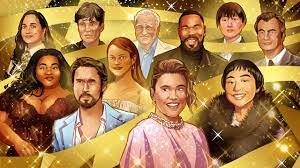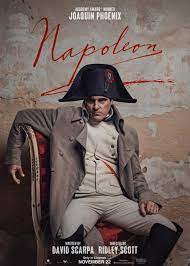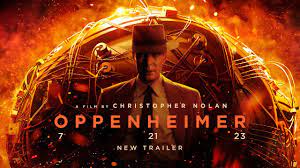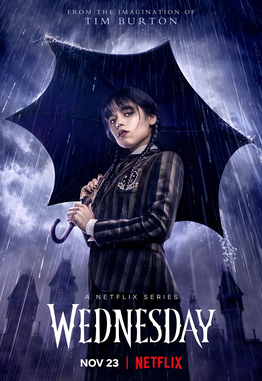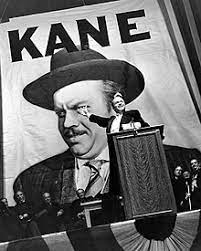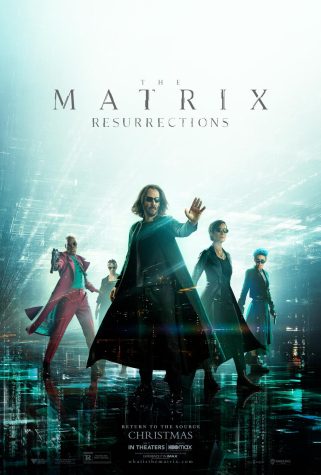Kendrick Lamar: Music’s Most Visionary Superstar
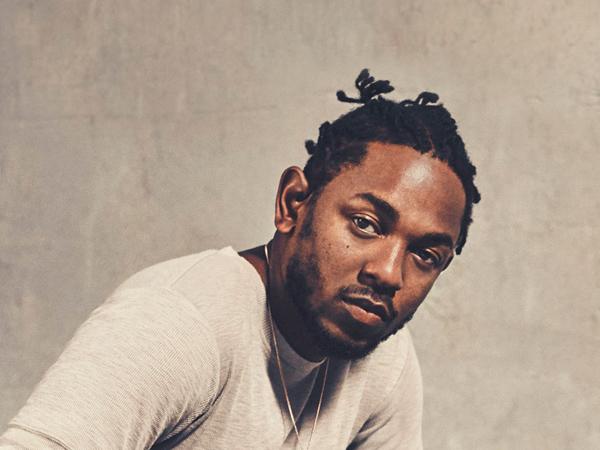
March 29, 2016
On October 12, 2012, Kendrick Lamar began his rapid rise to stardom, evolving from an intriguing prospect to one of hip-hop’s hottest new artists. Good Kid, M.A.A.D. City, Lamar’s major-label debut, was the story of his redemption from an adolescence filled with sin. For true, hardcore hip hop fans seeking an alternative to the likes of 2 Chainz and Chief Keef, Good Kid, M.A.A.D. City was irresistible. And while radio hits such as “Swimming Pools (Drank)” and “Poetic Justice” captured much of the glory, it was Lamar’s vivid lyricism and phenomenal storytelling throughout the album that enthralled the minds of so many listeners. He knew that it would be tough to top. Yet Lamar did precisely that on March 16, 2015 with his follow-up To Pimp a Butterfly, an even more complex record comprised of an elaborate narrative structure and intense themes, such as racial profiling, internalized oppression, and police brutality. To Pimp a Butterfly was, at the time, the first album since Taylor Swift’s 1989 (2014) to spend more than one week at the top of the US Billboard 200 chart.
However, the Compton-born artist was not finished yet. Just a few weeks ago, on March 4th, Untitled Unmastered, a compilation of eight previously unreleased demos from To Pimp a Butterfly, was unexpectedly released by Top Dawg Entertainment (TDE). Incredibly, NBA superstar LeBron James played a pivotal role in encouraging the release of these highly-coveted tracks when he tweeted to Anthony Tiffith, the CEO of TDE, pleading with him to “release those untitled tracks asap.” The tweet was sent on February 23, and, less than two weeks later, Untitled Unmastered became available on streaming services, such as Spotify. Perhaps we have “King James” to thank for King Kendrick’s latest masterpiece.
Unsurprisingly, the album kicks off with a religious theme; “Untitled 01” is Kendrick’s way of warning us about the consequences of our sins. He informs us that Judgement Day will arrive soon if we do not change our ways and then vividly portrays the extent of the resultant chaos. Meanwhile, “Untitled 03” was initially performed on one of the final episodes of The Colbert Report back in December of 2014. Throughout this song, Lamar explores Asian, Indian, and African cultures, touching upon Buddhist meditation as well as the spiritual connection between Native Americans and their land. He then proceeds to lament corporate greed, specifically the record industry for “putting a price on my talent” and only using him to make a profit. On “Untitled 04,” Lamar advocates intellectual freedom and stresses the importance of education, citing how the government can often mislead the youth. Jazzy, eerie tunes and the dreamy voice of Anna Wise open up “Untitled 05,” a track highlighting the systematic oppression of minorities and the depression that this creates. The closing track, “Untitled 08,” was performed in January on an episode of The Tonight Show with Jimmy Fallon. It is arguably the grooviest track on Untitled Unmastered, yet it still carries a deep message about the economic struggles faced by African Americans today.
While some refer to Lamar as hip hop’s new king, others believe it is an injustice to classify Lamar’s art as rap. The jazzy and funky production as well as the features of the aforementioned Wise, vocalist Bilal, and bass-specialist Thundercat on his two most recent albums demonstrate his multidimensional talent, perhaps indicating why his music should not solely be labelled as hip hop. It is so much more. Lamar himself acknowledged this when asked about his musical style: “You really can’t categorize my music, it’s human music.”
In order to find proof on how Lamar’s music can be applied to a variety of realms outside of music, one does not need to look any further than North Bergen, where High Tech High School teacher Brian Mooney has played To Pimp a Butterfly for his freshman English classes. Mr. Mooney used the album in order to draw parallels to the themes in Toni Morrison’s novel “The Bluest Eye,” which deals with racism and black culture in America. He certainly deserves credit for finding a way to make his subject more appealing to his students by connecting it to Lamar, who is becoming increasingly relevant in today’s popular culture. Mr. Mooney blogged about his “hip-hop ed” curriculum and also shared his students’ work online; eventually, Lamar discovered it and notified the school that he was interested in visiting them. Last June, he fulfilled his promise and interacted with the students at High Tech, listening to some of their own poems and closing out his visit by performing the Grammy-winning hit “Alright.”
In an age where bubblegum pop and boastful rap continue to dominate the charts and radio stations, it is heartening to see that many people have opted to give Kendrick Lamar’s latest work a listen. Rather than conform to the norms of commercial hip hop, Lamar strives to be a distinctive, superior alternative with his insightful messages about today’s socio-economic issues. By striving to improve the way we see the world, Lamar is clearly unique and unconventional. He is also a prime example of how taking risks can help one attain not only icon status, but also a higher level of expertise.
For many young fans, Lamar is the closest thing to a preacher that they have. He addressed this in an interview with The New York Times, while also adding the following: “My word will never be as strong as God’s word. All I am is just a vessel, doing his work.”


